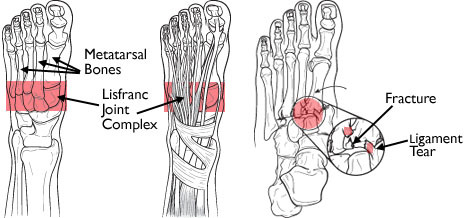Trauma services tend to have fairly rapid patient turnover. Many of the patients that are seen have injuries that are easily managed, leading to discharge within one to two days. On the flip side, some have such severe injuries that they may be in the hospital for weeks or even months. But regardless of injury, there are always a few who we just can’t seem to discharge at all. Why does this happen?
The trauma program at the Massachusetts General Hospital looked at 5 years worth of admission data on adult patients. They looked at the usual hospital demographics, billing information, hospital financial information, and discharge disposition. The ultimate goal was to identify patients who had an excessively prolonged hospitalization (defined as 2 standard deviations above the average length of stay for the associated Diagnosis Related Group) and why.
Here are the factoids:
- 155 of 3237 admitted patients (5%) had an extended stay. The total number of admits seems weird, since this would average out to only 650 admissions per year to this busy hospital.
- The usual injury severity demographics were similar.
- Extended stay patients tended to be older, sustained blunt trauma, were Medicare or no-pay patients, and were discharged to facilities other than home.
- Length of stay was 3 times longer than the usual patients
- Hospital cost was 3 times higher, and the hospital lost a lot of money on them.
- In-hospital mortality was lower for these patients (?!).
- The biggest factors delaying discharge were transfer to a rehab or other post-acute care facility, and self-pay or Medicare pay status.
Bottom line: Extended stay in the hospital when not medically indicated is a bad thing, and it’s a system problem. The chance of complications is always present, including deep venous thrombosis, exposure to resistant organisms, UTI, pneumonia, and medication error, just to name a few. And it’s generally bad for the hospital’s financial health, as well. If you are experiencing this at your center, carefully analyze the reasons why it typically occurs. Then work proactively to address them.
- Identify potential problem discharge patients on their first day in the hospital
- Develop special arrangements with post-discharge facilities.
- Hire skilled (and aggressive) social workers
- Don’t give up!
Related post:
Reference: Excessively long hospital stays after trauma are not related to the severity of illness. JAMA Surg 148(10):956-961, 2013.



